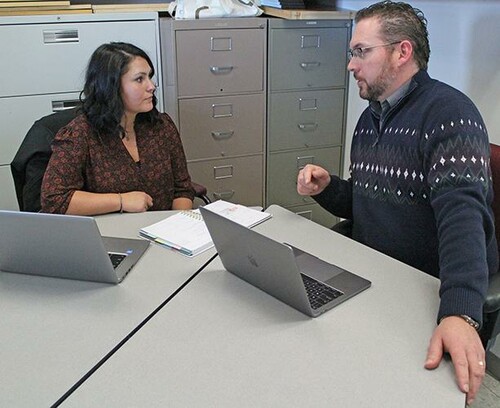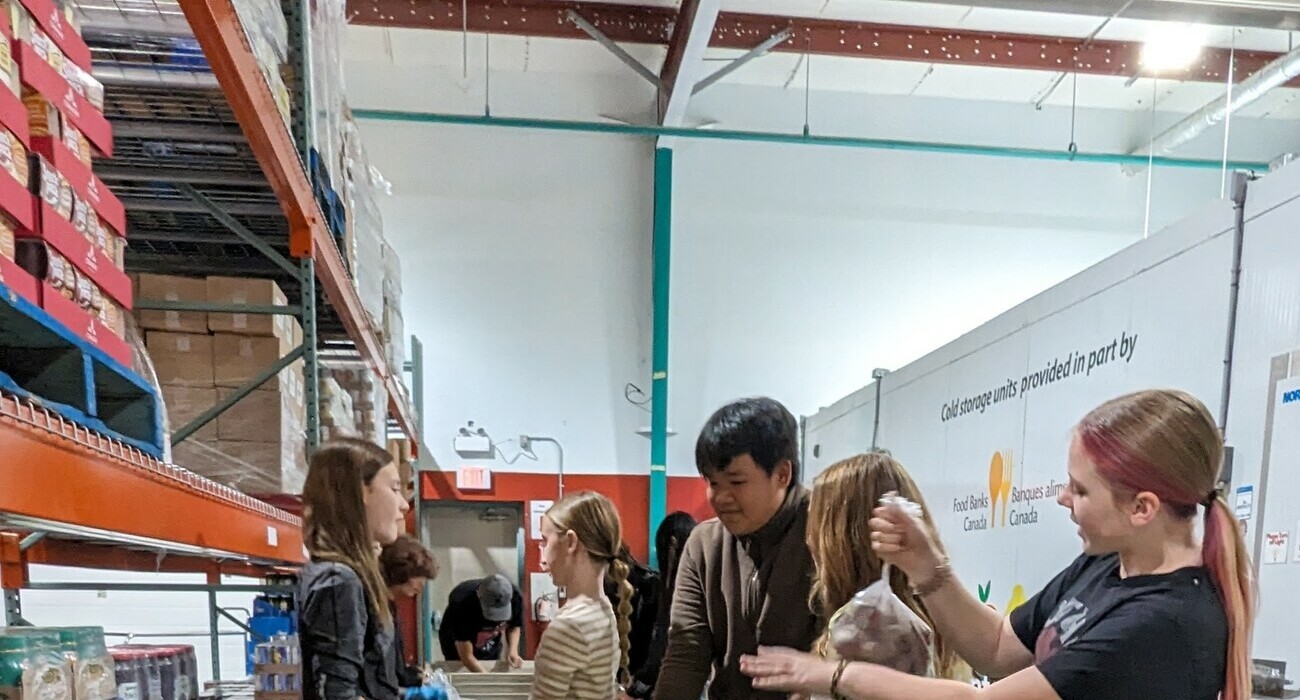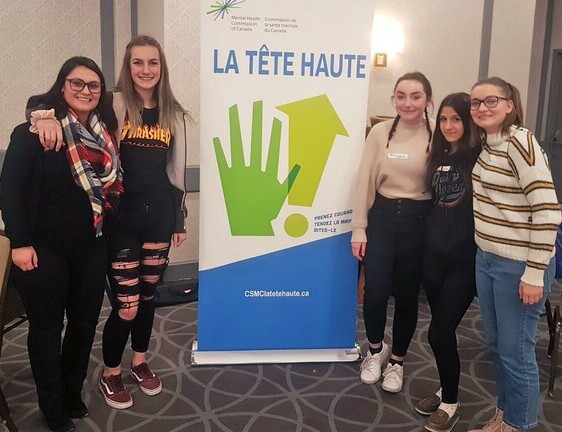
Connections are critical for those looking to get ahead in the business world. They’re also proving invaluable in putting students in the best position to succeed in the classroom.
After hiring its first Family Connections Worker mid-way through last school year, Palliser Regional Schools has added a second this year in Katie West. She and colleague Jessica Hoffman help students – and their families – better connect with their school and community resources, while also providing programming on relationship building and other skills crucial for their mental wellness.
Palliser Director of Learning Shane Cranston says research indicates students who are socially and emotionally prepared are less stressed and that equates to greater academic achievement.
“If your peer development is more positive overall, and your social-emotional development is stronger, you are going to see success across the board,” he says.
As her job title indicates, making connections is key in everything West does.
“I can’t do my job successfully if I don’t first have that rapport and that relationship established,” she says of making connections with students, parents and other school staff. “The rewarding part is knowing I’m making those connections and making a difference in those kids’ lives, even if it’s a small amount.”
West, who worked in a similar capacity with another school division last year, serves Vulcan Prairieview Elementary School, County Central High School, Arrowwood and Milo community schools and Champion School. Hoffman covers a dozen schools to the south.
Mental wellness is a priority for Palliser Regional Schools, and the decision to add a second Family Connections workers was based on feedback provided on the headway Hoffman was able to make last year.
Among the biggest supporters are Palliser’s Family and School Liaison Counsellors, who have been freed up to do more one-on-one counselling and small group work with students.
Previously, if a teacher noted a potential issue with a student they would inform their principal and that child would be added to a counsellor’s caseload. Now that student may be referred to the Family Connections worker if that is a more appropriate stream.
“The pre-emptive part is whether this is really a counselling issue; is it a family issue; are school resources where the family should be, or are there better resources elsewhere?” says Jack Lilja, Palliser’s Coordinator of Counselling. “The whole idea behind the Family Connection workers is most people don’t need counselling, and if we can help them make one connection and they’re doing better. . . ”
Outside agencies the worker could connect families with might range from Family and Community Support Services, to those which offer financial help so children can play organized sports.
There are a variety of reasons why a family might need help making connections, says Cranston. Some are disconnected from their child’s school because their own relationships with school were strained. As for community connections, the family could be new to the area and unaware of what is available, or they could be facing issues they’ve not dealt with before, such as financial difficulties.
Lilja says in some instances there’s an assumption that a specific service is unavailable in that community, or a particular agency’s workload precludes it from taking on new clients. In reality, he says some of those community resources are being under-utilized.
West, whose training focused on health promotion, says the response from community organizations she has approached has been very positive.
Much of her efforts this year have been building students’ mental health capacity through presentations on topics including bullying, friendship skills, empathy, self-regulation and emotional management. Lilja says very few conversations about mental health issues don’t involve relationships, adding a student can feel isolated even in a class of 30.
“What it does is create a set of tools that students can use to manage their feelings, work with peers and develop skills that will allow them to persevere through challenges,” says Cranston.


